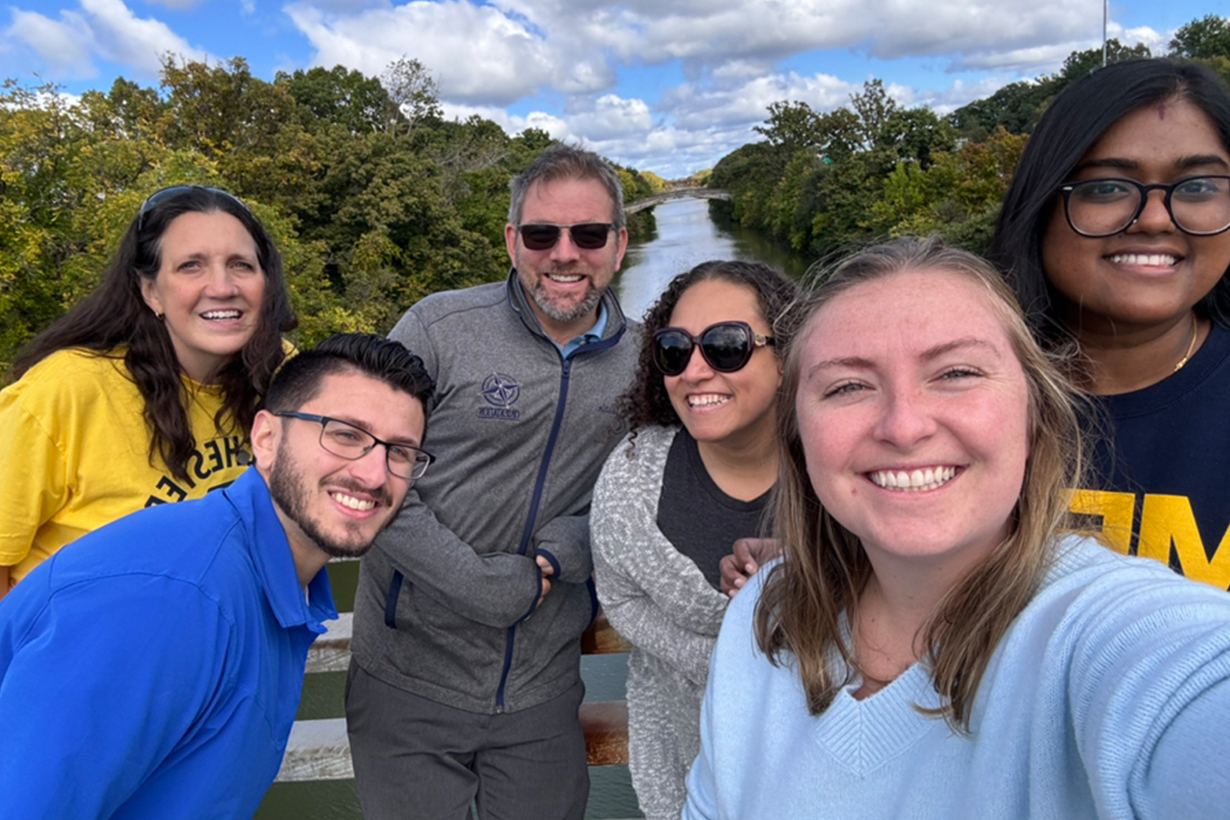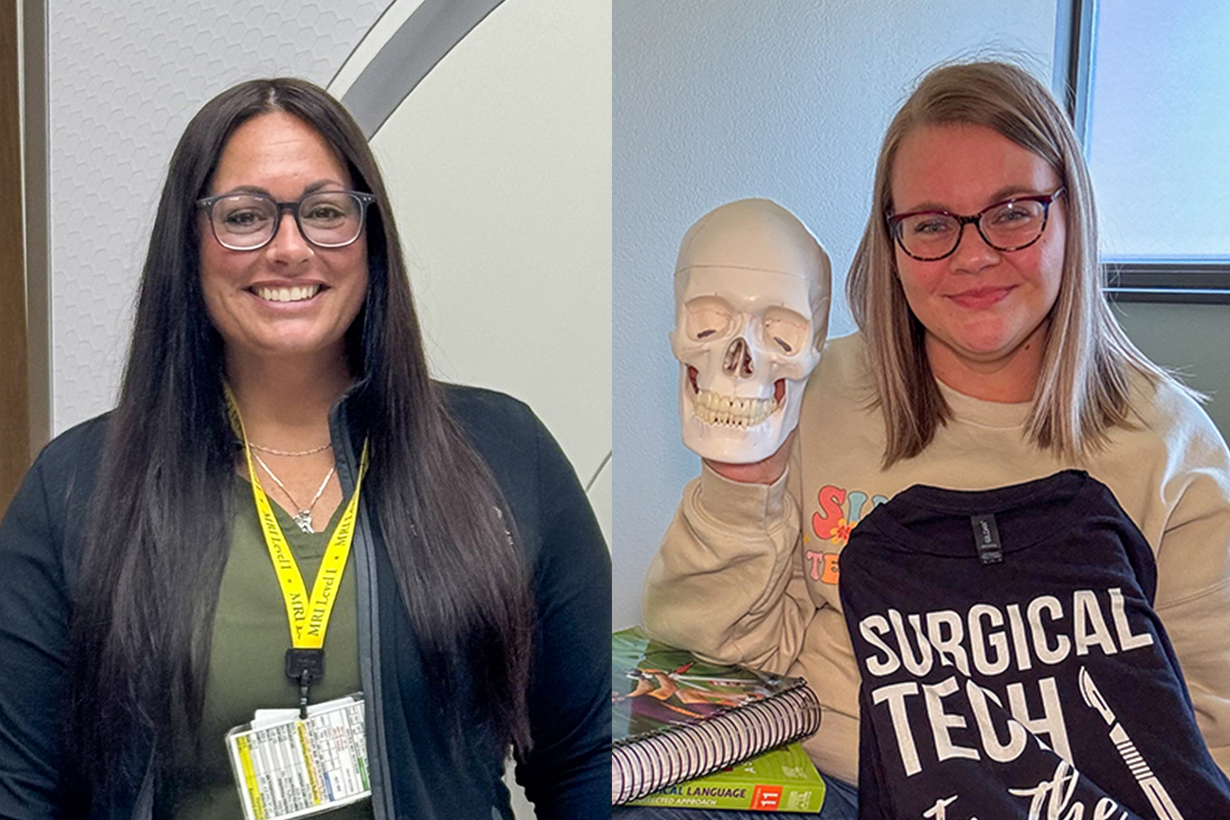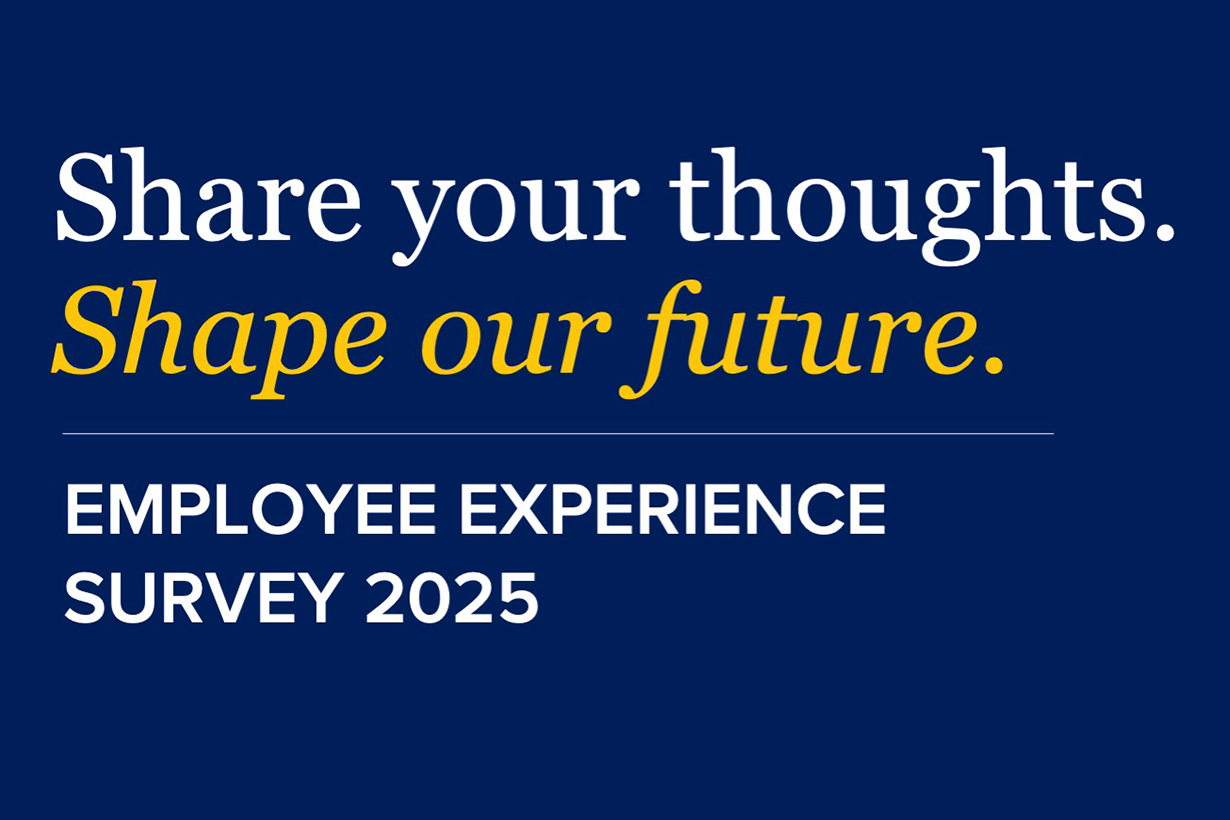Your voice can change the future. That’s the power of the Employee Experience Survey. Launched on October 6, for the first time, faculty and staff from across the University have the opportunity to make their voice part of a bigger story – a chance to help shape the culture, community, and future we’re creating together.
The survey features questions measuring a wide range of topics about your experience in your role, teams, leadership, and the University as a whole. Your feedback and insights provide leadership with a deeper understanding of our strengths and areas for improvement. It’s a check point to measure our efforts and guide where to focus on in the months ahead.
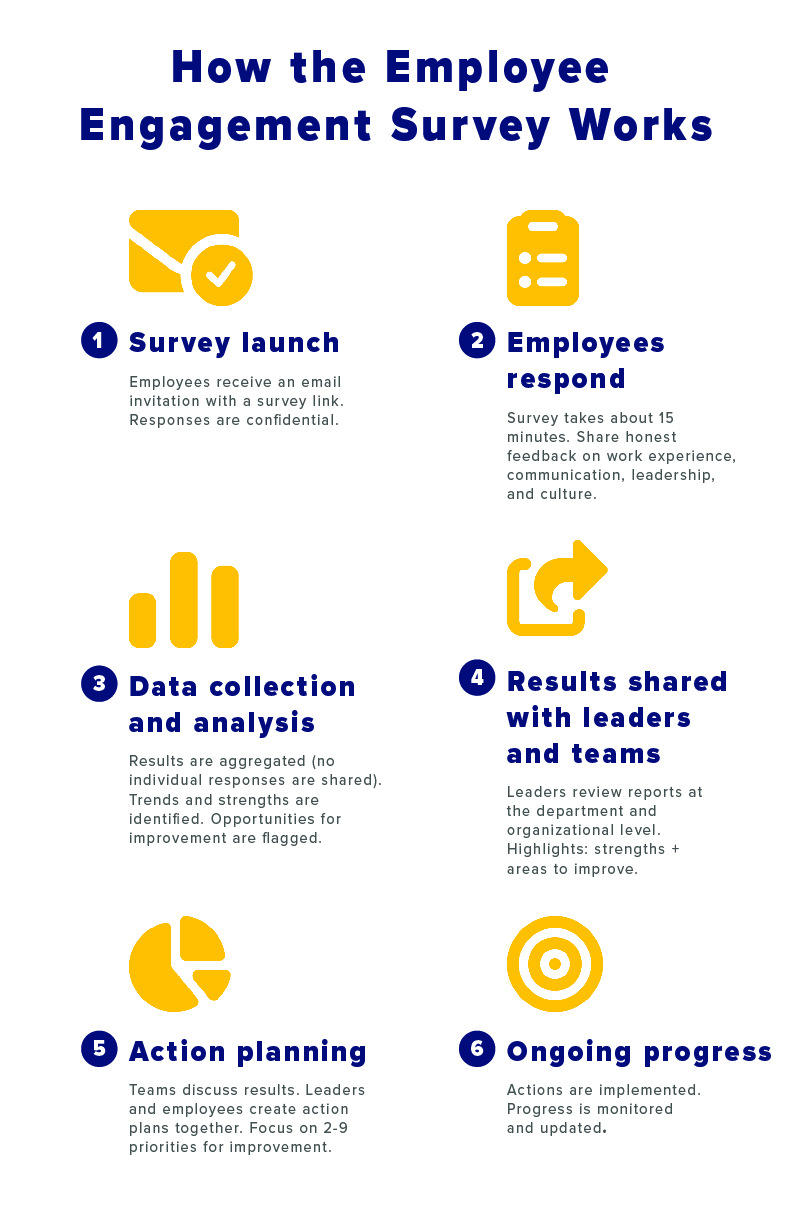
“In the past, my experience with the employee engagement survey has been a mix of feelings,” said Karen Gozzi, a nurse manager at Golisano Children’s Hospital who participated in several employee engagement surveys at URMC. “After partnering with HR and other leaders, I came to understand that the survey isn’t just about scores—it’s about giving staff a voice, highlighting what’s working well, and identifying opportunities to improve the work environment.”
The survey is confidential. An outside consulting firm administers the survey and aggregates results and provides composite feedback to departments with at least five respondents. In small departments, feedback rolls up to the next level department and manager. No matter the size of your area, your response matters.
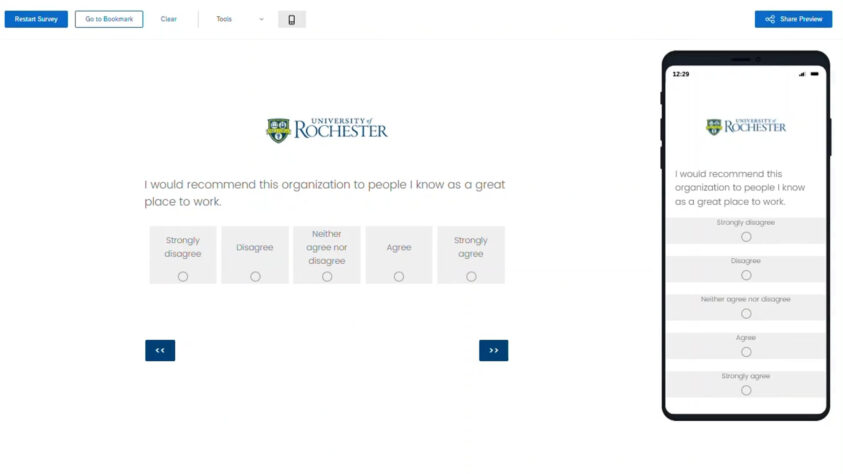
“In our department, we make it a point to review and share the survey results with the entire team,” said Kevin Sciacca, Director of Server, Network & M365 Technology in ISD. “This practice has strengthened communication around institutional and departmental initiatives and created space for direct input. Most importantly, many employees benefit from open forum meetings and direct communication with leadership, which enhances transparency and engagement.”
Leaders and managers will have access to a dashboard where they can analyze key drivers of engagement, trends, and benchmarks within academic, healthcare, and research sectors – both internally and externally.
Once results are in, leaders and managers will work with their employees to build action plans. Faculty leaders will work with faculty to assess results and identify opportunities for improvement. This process involves interpreting and evaluating the results, identifying key priorities, and creating a strategic roadmap with specific, actionable steps to make improvements.
“Action planning is about taking a step back and really thinking about what the staff are looking for or need, and being realistic about what we can accomplish,” said Gozzi. “It was also a learning opportunity for me, learning to approach things as a team instead of trying to ‘fix it’ by myself, listening closely, and making sure we also take time to celebrate the wins along the way.”
Throughout the action planning and execution process, pulse surveys will help to track progress. This process will continue until the University launches the next employee experience survey cycle.

